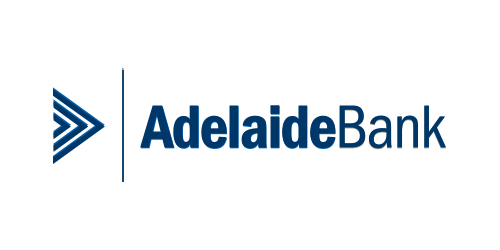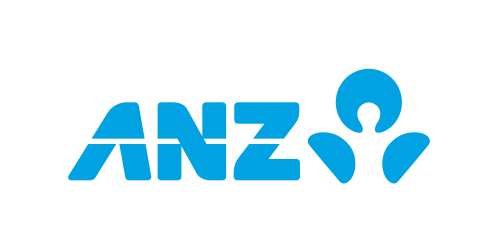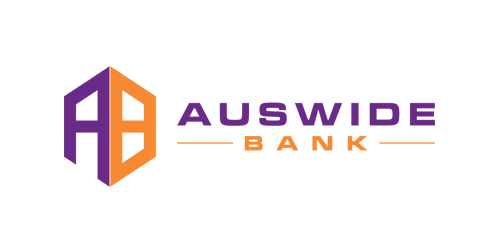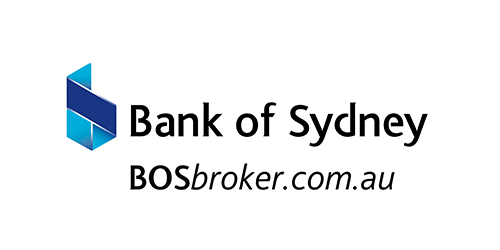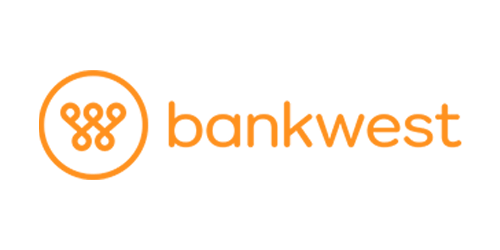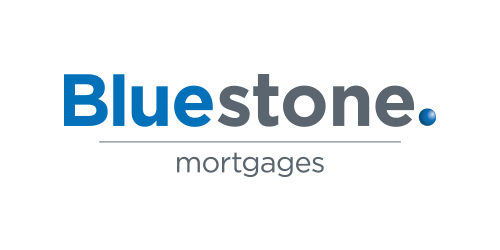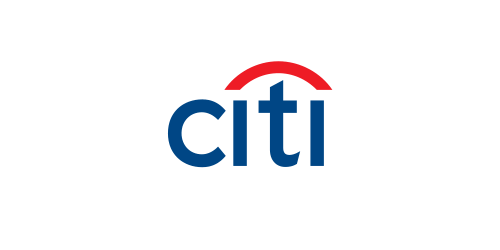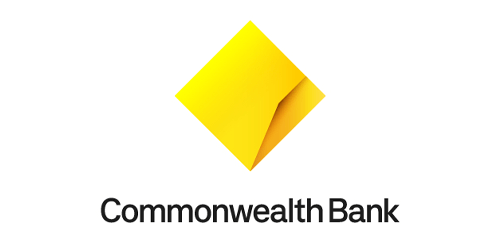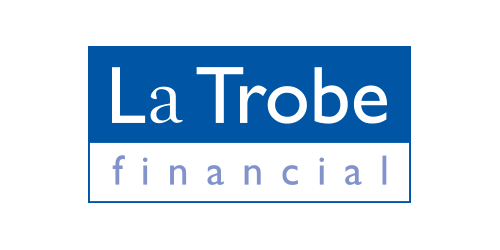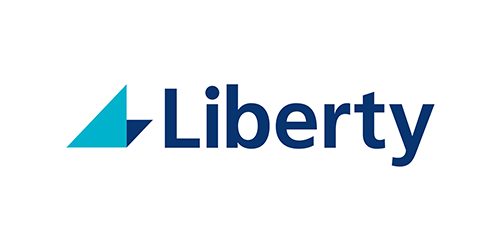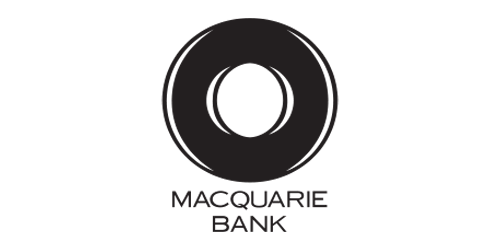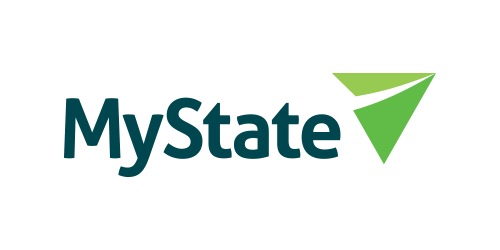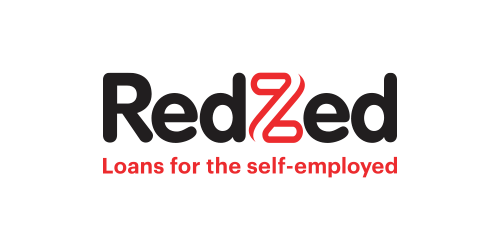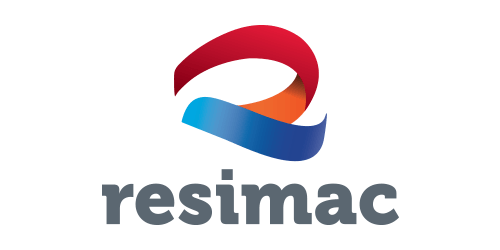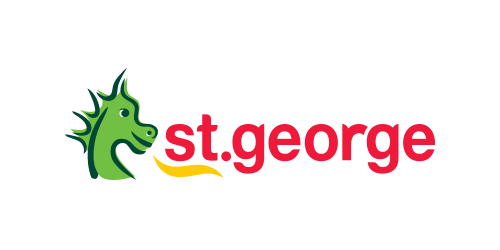Home Equity Release Loans Australia
If you own a property, there is a good chance you have built up some equity. Now, it is possible to access this equity to assist you when buying an investment property or more.

If you own a property, be it your own home or investment property, there is a good chance you have built up some equity. Now, it is possible to access this equity to assist you when buying an investment property, doing a renovation, or more. Read on to learn more about this concept.
What is Home Equity?
Your home equity is the difference between the current value of your home and the balance of the mortgage attached to it.
How do I work out how much equity I have in my home?
This is best demonstrated by example.
Suppose your property is valued at $1,300,000 and it has a mortgage with a remaining balance of $600,000. In that case, the equity is the difference between these two amounts.
$1,300,000 (home value) – $600,000 (remaining mortgage) = (equity)
What does Equity Release Mean?
Now that you have worked out the equity, the question turns to how you can access this equity. The equity is ‘released’ either via a top-up with your current lender or a refinance to another lender if they can put forward a better offer for your circumstances. Both enable you to borrow against the equity in your property.
With the top-up option, you borrow more funds on top of your current mortgage, which can be actioned quite quickly. A remortgage to release the equity (refinance) will take more time as it is a new application.
Accessible or Useable Equity
It is important to note that in most instances, not all your equity is available to be released. Generally, you can borrow up to 80% of the value of your property. This is known as your accessible or useable equity.
If we use the same example as above:
Home Value: $1,300,000
Remaining Mortgage: $600,000
80% of Home Value: $1,040,000
Useable Equity is worked out as follows
$1,040,000 (80% of $1,300,000) – $600,000 (remaining mortgage)
Useable equity = $440,000
In this case, although there is $700,000 of overall equity, only $440,000 of it is accessible or can be considered as useable equity.
Work out how much useable equity you have in your property with our home equity calculator
What can I do with an Equity Release?
How much equity will a lender release?
What is a home equity release loan?
How equity release loans work
Home equity release loans require the lender to accept your intentions and conditions. You can receive an equity release loan through a lump sum or regular instalments.
To be eligible for a home equity release loan in Australia, you must own your property outright and be aged 60 years or over. The value of your equity release loan will depend on the value of your home and the type of loan you choose. Often, higher-value loans are available to older applicants.
The interest rate on your equity loan repayments is usually higher than a regular mortgage. Review the interest rates carefully for your loan and check out multiple options before choosing one loan product.
While different lenders may have their unique practices, the general process of applying for an equity release loan is as follows:
- First, research and compare different loan products. Only consider reputable, professional lenders.
- Contact your chosen lender and provide your age, home value, and how much equity you have.
- The lender will send you an application form. Complete it and send them proof of identity, property ownership, and income.
- The lender will assess your eligibility for a loan and the value of your home.
- The lender will offer you a loan with a disclosure statement if all goes well.
- Review the terms and conditions. Sign the documents. If you require legal or financial advice, it’s best to seek it before signing anything.
- After a cooling-off period, the lender will transfer you your home equity release loan.
What are the pros and cons?
Home equity release loans are advantageous for seniors with sufficient equity but limited retirement savings. You receive quick access to funds without needing to sell your home or other valuables. You have flexibility in how you use the funds. Home equity release loans can help you stay in your home longer and maintain your lifestyle. It’s always beneficial to check how much equity you have accumulated. If you’ve got enough, you can use some of it to make home renovations, take a holiday, or pay your children’s school fees!
However, it’s important to remember that interest rates on home equity release loans are higher than on mortgages. There’s also a risk that your home equity release loan may reduce the equity available to your heirs and next of kin. Your loan balance will continue to accrue interest if not repaid on time. Also, remember that you must pay fees for application, valuation, and ongoing service. If you’re unable to pay the required fees or repay your loans with interest, you may lose your home. It’s essential to seek financial and legal advice before applying for a home equity release loan.
What do I need to get started?
To apply for an equity release loan, you must prepare payslips, a group certificate or income statement, a declaration of any liabilities, and documents proving the purpose of your equity release. The latter documents may include:
- Quotes or contracts for home renovation.
- Statements for debt consolidation.
- Confirmation from a conveyancer of intent to purchase a property.
Once you have all the required items, you can start the application process.
Why should you choose Lendstreet?
At Lendstreet, we maintain a strong, healthy relationship with our lenders. We pride ourselves on services that go above and beyond to ensure you are happy with your equity release. We’ll be with you every step of the way through your home equity release loan, from the first consultation to the last repayment.
Contact our friendly team to inquire about equity release from your property. You can call 1300 317 042 or email support@lendstreet.com.au. We’ll be more than happy to talk with you and discuss your options.
Frequently Asked Questions
What is home equity?
Your home equity is the difference between the current value of your home and the balance of the mortgage attached to it.
How do I work out how much equity I have in my home?
This is best demonstrated by an example:
Suppose your property is valued at $1,300,000 and it has a mortgage with a remaining balance of $600,000. In that case, the equity is the difference between these two amounts.
$1,300,000 (home value) – $600,000 (remaining mortgage) = (equity)
What does equity release mean?
Now that you have worked out the equity, the question turns to how you can access this equity. The equity is ‘released’ either via a top-up with your current lender or a refinance to another lender if they can put forward a better offer for your circumstances. Both enable you to borrow against the equity in your property.
With the top-up option, you borrow more funds on top of your current mortgage, which can be actioned quite quickly. A remortgage to release the equity (refinance) will take more time as it is a new application.
Accessible or useable equity
It is important to note that in most instances, not all your equity is available to be released. Generally, you can borrow up to 80% of the value of your property. This is known as your accessible or useable equity.
If we use the same example as above:
Home Value: $1,300,000
Remaining Mortgage: $600,000
80% of Home Value: $1,040,000
Useable Equity is worked out as follows
$1,040,000 (80% of $1,300,000) – $600,000 (remaining mortgage)
Useable equity = $440,000
In this case, although there is $700,000 of overall equity, only $440,000 of it is accessible or can be considered as useable equity.
Work out how much useable equity you have in your property with our home equity calculator
What can I do with an equity release?
Once equity has been accumulated, it’s good to know what you may be able to use it for. Lenders allow equity release loans for certain purposes. Acceptable purposes include:
- Releasing equity to purchase another property
- Releasing equity to do cosmetic or structural renovations to your home.
- As a deposit for your next home or investment property
- To invest in shares
- Purchasing or investing in your business
- To purchase a new car or a holiday
- Debt consolidation (credit cards, personal loans)
You must confirm that the lender will accept the purpose of your equity release. At Lendstreet Mortgage Brokers, we have a strong relationship with our lenders, and we can work with you to determine this.
How much equity will a lender release?
Like most things, this varies from lender to lender. Factors that contribute here are
The valuation. The lender will organise a property valuation to work out a current market value for your property. An interesting point here is that valuations may vary between lenders.
Your borrowing capacity. To realise any available equity, your financial situation will need to be assessed to ensure you can repay the loan once it increases as a result of the equity release.
Purpose of the equity release. Depending on the amount of funds you are requesting as part of the equity release, the lender will need to understand the purpose and, in some cases, may require evidence. This can include quotes, copies of contracts for renovations, letter from a financial planner for share purchases, banks statements for debts consolidation, and many more. Generally, equity releases of less than $10,000 do not require a purpose.
Can I still live in my home if I get a home equity release loan?
Yes — you can use your home equity release loan while you live in your home. You will only be unable to continue living at home if you can’t repay your loan, so make sure you consider this before applying for one.
What are the interest rates and fees attached to home equity release loans?
Each lender will have different interest rates and fees. You must review each lender’s fees and rates and decide which one you want to go with. If you’re looking to borrow with the help of Lendstreet, give us a call or enquire on our page, and we’ll provide a quick quote for you.
How do I apply for a home equity release loan?
Your first step is to consider different lenders and then contact a lender of your choice. At Lendstreet, we’ll happily take you through the process if you’re unsure of any steps.
How long will it take to get my loan?
The time between approval and loan transfer heavily depends upon your lender, but in most cases, you can expect to receive your home equity release loan within a few days of approval. However, it’s important to remember that the application process is as long as applying for a mortgage or personal loan; it can take weeks, sometimes months, for everything to be processed and approved. Therefore, patience is essential when waiting to receive your home equity release loan.
Are you interested in getting finance via an equity release? Contact us now.
Thousands of home loans from our lending partners
